In digital marketing, understanding the different types of website traffic is crucial for creating effective strategies and optimizing your campaigns. Here’s a detailed look at organic, paid, and direct traffic, including their definitions, benefits, and how to leverage them. Understanding the different types of traffic—organic, paid, and direct—is key to boosting your online presence. Organic traffic comes from search engines through SEO efforts, paid traffic is driven by ads, giving you more control over reach, and direct traffic refers to visitors who come by typing your URL or using bookmarks. In this post, we’ll explore how each type impacts your strategy and why it’s essential to leverage them effectively.
1: Organic Traffic :Understanding Different Types of Traffic

It refers to visitors who land on your website as a result of unpaid (organic) search results from search engines like Google, Bing, and Yahoo. Organic traffic refers to visitors who find your website through unpaid search results. Driven by SEO efforts like keyword optimization and backlinks, it’s a cost-effective, long-term strategy that builds sustainable growth and visibility over time.
Characteristics:
Driven by SEO efforts.
Users find your site through search queries
Often reflects high intent as users actively search for specific information, products, or services.
Benefits:
Cost-Effective:
No direct costs are associated with organic traffic, making it a cost-effective long-term strategy.
Sustainable:
High-quality content and SEO can generate consistent traffic over time.
Trust and Credibility:
High-ranking organic results are often perceived as more trustworthy by users.
How to Increase Organic Traffic:
Optimize for SEO:
Focus on on-page and off-page SEO techniques, including keyword optimization, quality content creation, link building, and technical SEO.
Content Marketing:
Create valuable, relevant, and consistent content that addresses your audience’s needs and queries.
User Experience:
Improve site speed, mobile-friendliness, and overall user experience to retain visitors and improve search rankings.
2. Paid Traffic

Paid traffic refers to visitors who come to your website through paid ads, such as Google Ads or social media campaigns. Understanding different types of traffic: Organic, Paid, and Direct, paid traffic allows you to target specific audiences and control your reach, providing immediate results. While it requires a budget, paid traffic offers faster visibility and is an effective way to drive traffic, especially when you’re looking to scale quickly.
Characteristics:
Driven by paid advertising campaigns.
Includes PPC (pay-per-click), display ads, social media ads, and sponsored content.
Can be highly targeted based on demographics, interests, behaviors, and keywords.
Benefits:
Immediate Results:
Paid traffic can generate immediate visits and conversions once the campaign is live.
Scalable:
You can scale up your campaigns based on performance and budget.
Targeted:
Advanced targeting options allow you to reach specific audience segments effectively.
How to Leverage Paid Traffic:
PPC Campaigns:
Use platforms like Google Ads and Bing Ads for search engine marketing. Bid on relevant keywords to appear in sponsored search results.
Social Media Advertising:
Run targeted ads on platforms like Facebook, Instagram, LinkedIn, and Twitter. Utilize their detailed audience targeting capabilities.
Display Advertising:
Use banner ads and remarketing campaigns to reach users across various websites and keep your brand top-of-mind.
A/B Testing:
Continuously test and optimize your ad copy, creatives, and targeting to improve performance and ROI.
3. Direct Traffic : Understanding Different Types of Traffic
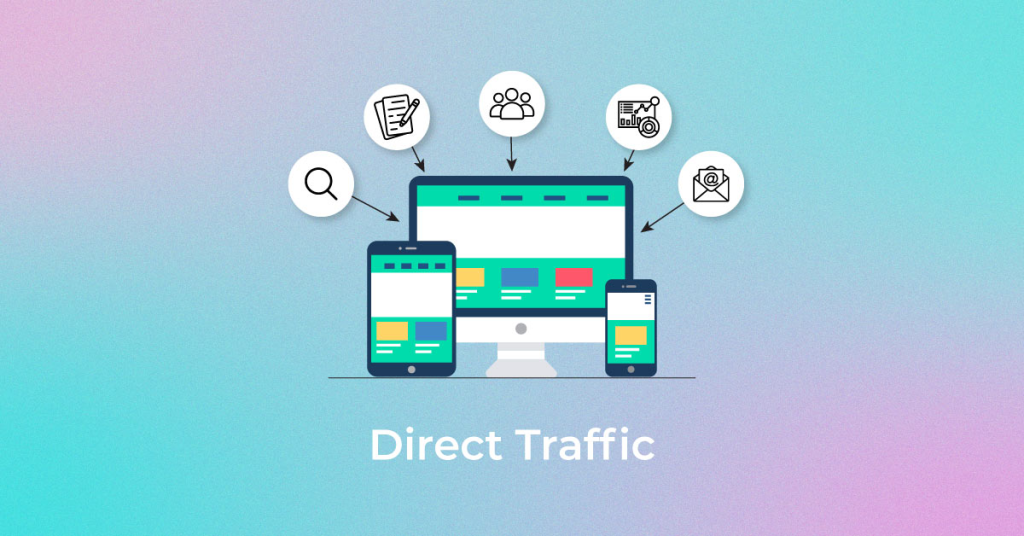
Direct traffic refers to visitors who come to your website by typing your URL directly into their browser or using a bookmark. Understanding different types of traffic: Organic, Paid, and Direct helps you see how this traffic stands out. Direct traffic indicates strong brand recognition and loyalty, as users actively seek out your site without needing to go through search engines or ads. It’s a key sign of audience engagement and trust, demonstrating the effectiveness of your brand’s presence.
Characteristics:
Indicates strong brand recognition and loyalty.
Includes visits from offline sources, such as email campaigns, print media, and word-of-mouth.
Benefits:
Brand Loyalty:
High direct traffic often signifies a strong, recognizable brand and a loyal audience.
Repeat Visitors:
Direct traffic includes repeat visitors who are already familiar with your site and offerings.
Offline Campaigns:
It captures traffic from offline marketing efforts, bridging the gap between online and offline activities.
How to Increase Direct Traffic:
Brand Awareness:
Invest in building a strong brand through consistent messaging, quality products/services, and excellent customer experiences.
Offline Marketing:
Use traditional marketing methods such as print ads, TV/radio spots, and events to promote your website.
Email Marketing:
Send regular, value-packed emails to your subscribers, encouraging them to visit your site.
Customer Loyalty Programs:
Implement loyalty programs that incentivize repeat visits and direct access to your website.
Conclusion
Understanding Different Types of Traffic: organic, paid, and direct traffic is essential for developing a comprehensive digital marketing strategy. Each type of traffic offers unique benefits and can be leveraged in different ways to drive growth and achieve your business objectives. By combining SEO efforts, targeted advertising, and strong brand-building activities, you can create a balanced approach that maximizes traffic and conversions from multiple sources.
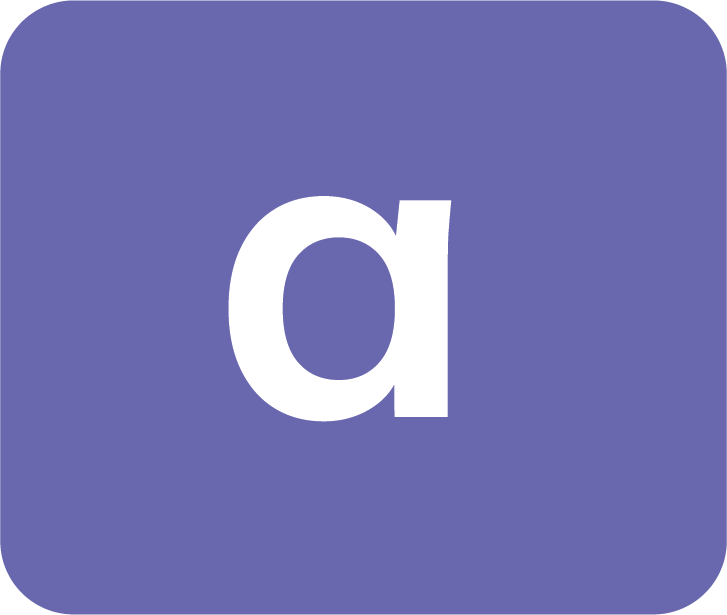

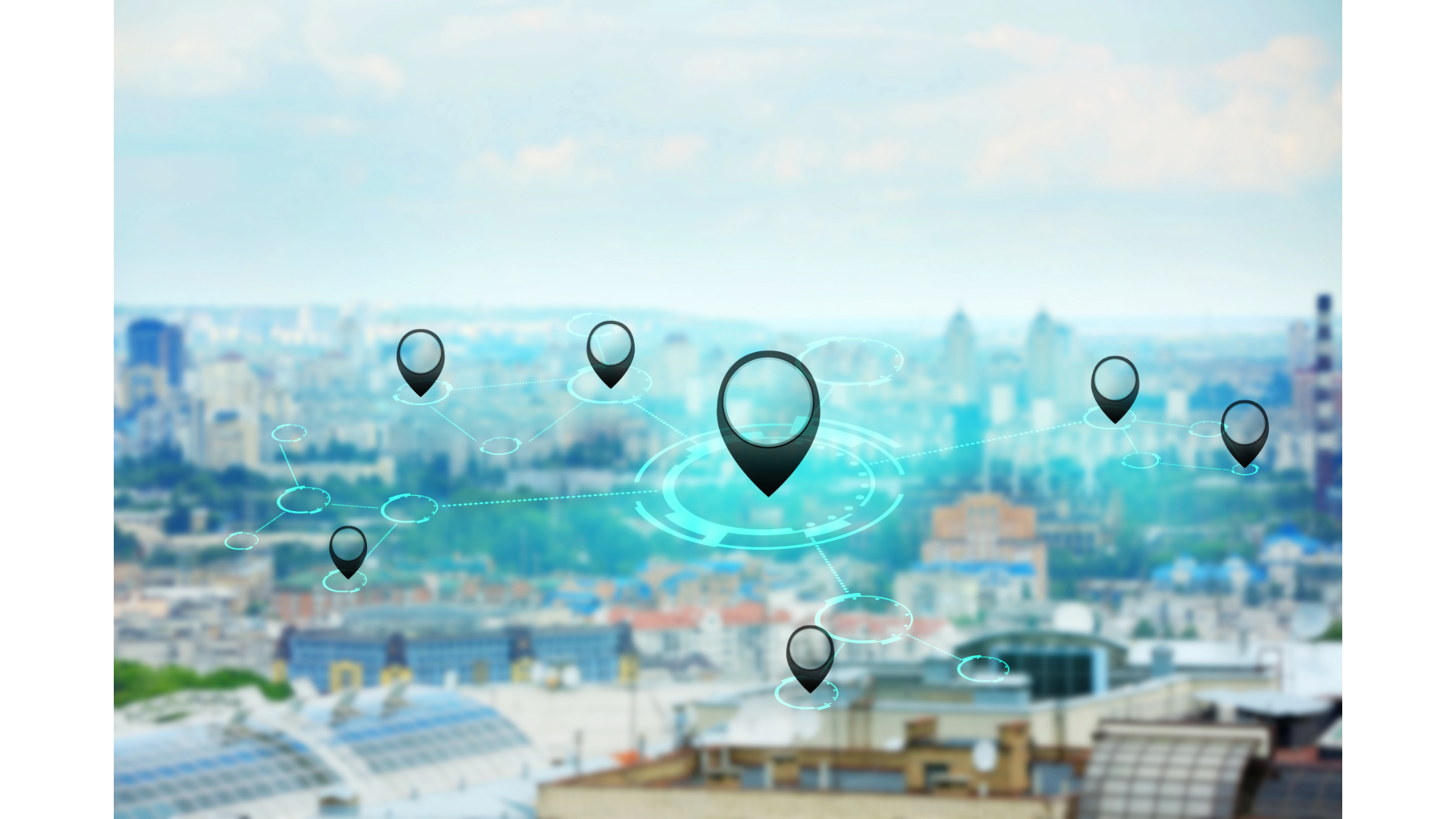


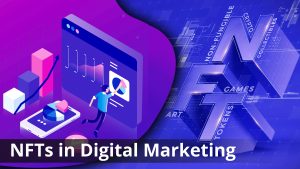
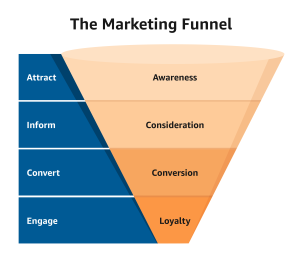

Leave a Reply